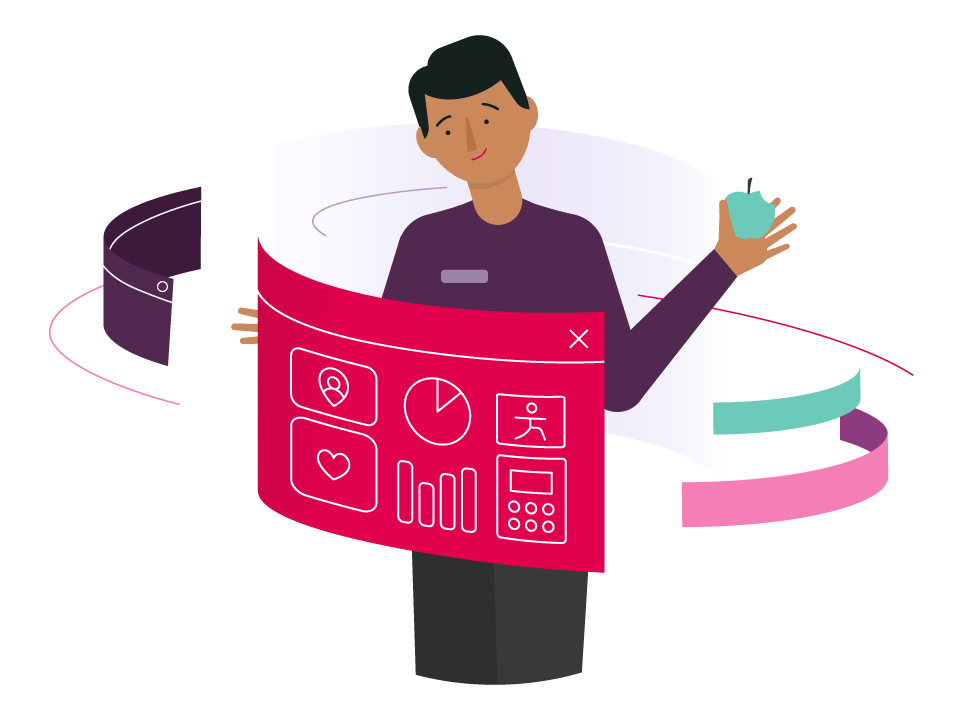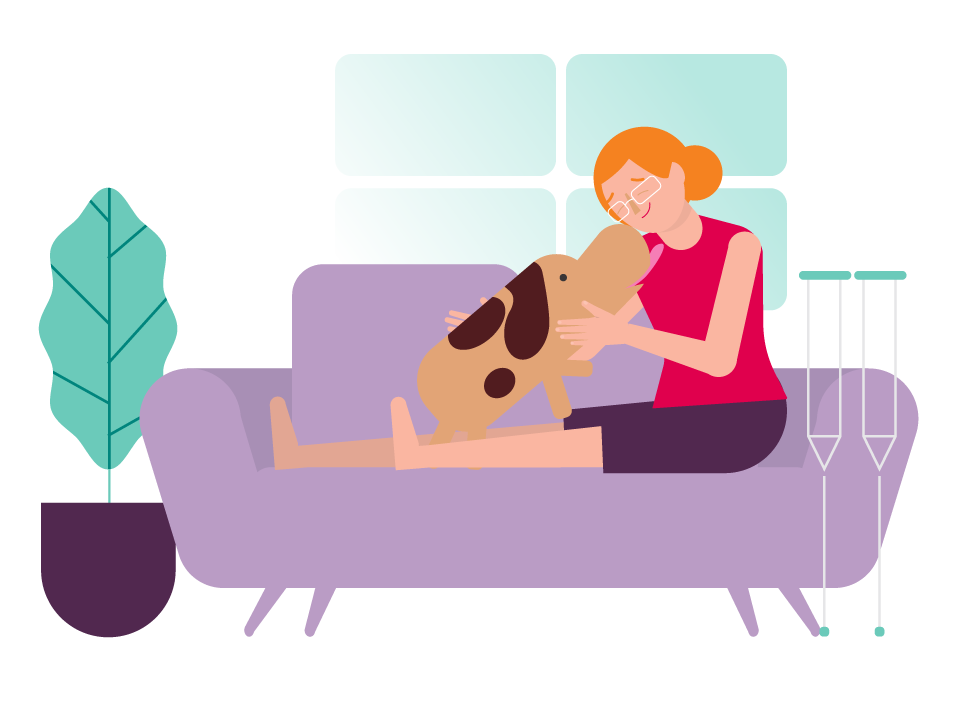While you probably won’t have a choice of anaesthetist, you may be able to plan the type of anaesthesia and post-op pain relief that will suit you best.
Your anaesthetist is responsible for pre-medication before the surgery, your anaesthesia and wellbeing during surgery, any blood transfusions you may need and your post-operative pain relief.
Ask your surgeon if you can meet with the anaesthetist before the day of the procedure. This way you won’t be hurried or stressed and can be involved in the planning.
For knee arthroscopy, there are 5 main types of anaesthesia used. Your general health, pre-existing medical conditions, age and the anaesthetist’s preferences will affect the choices available to you.
If you’re overweight or obese, there are increased risks associated with anaesthesia.
Pre-medication
You may be offered medication before the surgery. This may be to prevent nausea, reduce stomach acid or help you relax. If you think you’ll be feeling anxious before surgery, ask if you can have something to relax you.
Types of anaesthetic
1. Spinal anaesthetic
This is an injection of local anaesthetic into your lower back. You stay conscious but it makes you go numb from the waist down so you feel no pain during the operation. If you’re worried about being conscious during the procedure you can also have sedation.
2. Epidural anaesthetic
This is like spinal anaesthetic but is delivered by a fine plastic tube into your lower back. The effects last longer than a spinal anaesthetic.
3. Peripheral nerve block
A local anaesthetic is injected directly around the major nerves in your thigh, such as the femoral nerve or the sciatic nerve. Only the leg that's injected becomes numb. The other leg isn’t affected.
4. Sedation
Sedation is often used in combination with a spinal or peripheral nerve block anaesthetic. Light sedation will make you feel relaxed while deeper sedation will most likely make you go to sleep so you’re unlikely to remember much, or anything, that happens during the surgery.
5. General anaesthetic
With a general anaesthetic you’ll be unconscious for the procedure and a tube will be inserted into your throat to help you breathe. You may wake up with a sore throat from the tube. General anaesthetics often cause post-operative nausea and vomiting. A general anaesthetic may be combined with a nerve block or infiltration of local anaesthetic into the wound to provide pain relief after the surgery.
Pain relief after surgery
After surgery you’ll be given pain relief prescribed by the anaesthetist. By enabling you to move and breathe without too much discomfort, good pain relief can help reduce the risk of complications.
Patient controlled analgesia (PCA) may be used if you are staying in hospital overnight. This comprises an opiate drug delivered through a cannula into a vein. You can control the amount of pain relief you receive by pressing a button.
Injections of pain-relieving medication can be delivered by cannula or into a muscle.
Pills, tablets or liquids can be given at regular times or when pain starts to bother you.
Print this page to take when you meet with the surgeon and anaesthetist, so you can make sure all your questions are answered.







